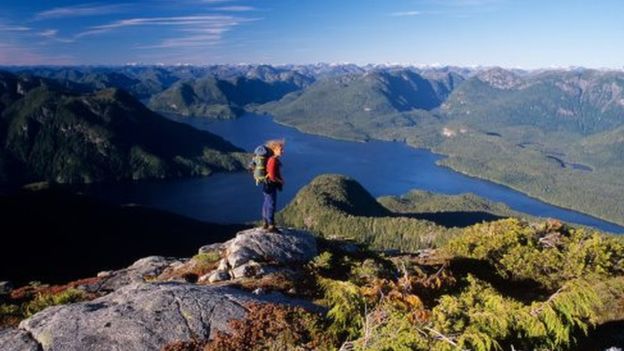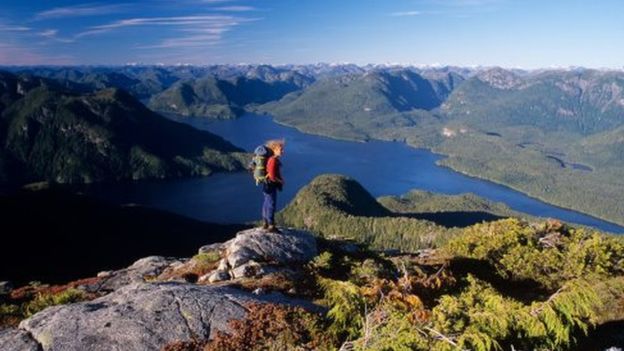Connections
 Some things are worth waiting for. My son Jake sent me an announcement of the successful efforts of 26 indigenous tribes, five timber companies and four environmental groups to protect the magnificent 12,000-square-mile Great Bear Rainforest on British Columbia’s Pacific coast. The negotiations were arduous, and they took 10 years.
Some things are worth waiting for. My son Jake sent me an announcement of the successful efforts of 26 indigenous tribes, five timber companies and four environmental groups to protect the magnificent 12,000-square-mile Great Bear Rainforest on British Columbia’s Pacific coast. The negotiations were arduous, and they took 10 years.
The article describes a six-degrees-of separation for nature, which connects the Pacific salmon to grizzly bears to the health of the largest temperate rain forest on earth . . . to us. It’s a beautiful tale, if not a pretty one, as the salmon return from the ocean to spawn in small creeks far upstream.
Many don’t get past the thousands of carnivores who have eagerly flocked to the streams to feast. The bears drag the fish deep into the forest, where their carcasses provide 80% of the nitrogen the trees need to survive. “In other words, these ocean dwellers are crucial for the forest's long-term survival”– a forest that provides the carbon storage, biodiversity, clean air and clean water on which all life depends.
In The Hidden Life of Trees, German forester Peter Wohlleben describes a forest in which trees communicate with and take care of each other, and he argues that understanding the community they have created leads not to just healthier forests, but to more economically sustainable ones.
We hear a lot about winning these days, but in a world as interconnected as this one, maybe we should figure out how to live together. It’s harder, but even trees can do it.
